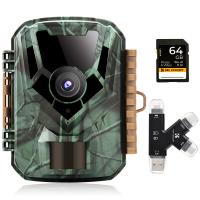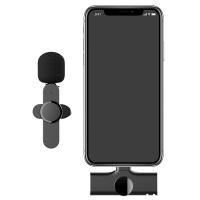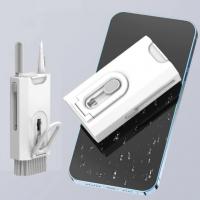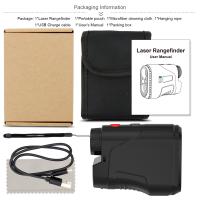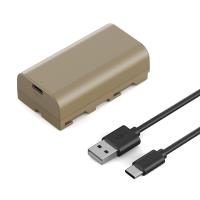How Do I Format Sd Card For Android?
Formatting an SD card for use with an Android device is a common task that many users encounter. Whether you are looking to free up space, remove corrupted files, or simply start fresh, knowing how to properly format an SD card is essential. In this article, we will explore the various methods to format an SD card for Android, the reasons why you might need to do so, and some best practices to ensure the process goes smoothly.
Why Format an SD Card?

Before diving into the how-to, it's important to understand why you might need to format an SD card. Here are some common reasons:
1. Free Up Space: Over time, your SD card can become cluttered with files, apps, and other data. Formatting it can help you start fresh and free up space.
2. Remove Corrupted Files: Sometimes, files on your SD card can become corrupted, causing issues with your device. Formatting can help remove these problematic files.
3. Change File System: Different devices and operating systems may require different file systems. Formatting allows you to change the file system to one that is compatible with your Android device.
4. Prepare for New Use: If you are planning to use the SD card in a new device, formatting it ensures that it is clean and ready for use.
Methods to Format an SD Card for Android

There are several methods to format an SD card for use with an Android device. Below, we will cover the most common methods, including using the Android device itself, a computer, and third-party apps.
Method 1: Using Your Android Device

Most Android devices have built-in tools that allow you to format an SD card. Here’s how you can do it:
1. Insert the SD Card: Make sure the SD card is properly inserted into your Android device.
2. Open Settings: Go to the "Settings" app on your device.
3. Storage: Navigate to the "Storage" section. This may be labeled differently depending on your device, such as "Device Care" or "Device Maintenance."
4. Select SD Card: Find the SD card in the list of storage options and select it.
5. Format: Look for an option to format the SD card. This may be labeled as "Format SD card," "Erase SD card," or something similar.
6. Confirm: Follow the on-screen prompts to confirm that you want to format the SD card. This will erase all data on the card, so make sure you have backed up any important files.
Method 2: Using a Computer

If you prefer, you can also format your SD card using a computer. This method can be useful if your Android device does not have a built-in formatting tool or if you encounter issues formatting the card directly on the device.
1. Insert the SD Card: Insert the SD card into your computer using an SD card reader.
2. Open File Explorer: On a Windows computer, open "File Explorer." On a Mac, open "Finder."
3. Locate SD Card: Find the SD card in the list of drives and right-click on it.
4. Format: Select the "Format" option from the context menu.
5. Choose File System: Choose a file system that is compatible with your Android device. FAT32 is a common choice for SD cards used in Android devices.
6. Start Formatting: Click "Start" to begin the formatting process. Confirm any prompts that appear.
Method 3: Using Third-Party Apps
There are also several third-party apps available that can help you format an SD card on your Android device. These apps can offer additional features and options that may not be available through the built-in tools.
1. Download an App: Search for and download a reputable SD card formatting app from the Google Play Store. Some popular options include "SD Card Formatter" and "DiskDigger."
2. Open the App: Launch the app and follow the on-screen instructions to format your SD card.
3. Select SD Card: Choose the SD card you want to format from the list of available storage options.
4. Format: Follow the prompts to format the SD card. Make sure to back up any important data before proceeding.
Best Practices for Formatting an SD Card
To ensure a smooth and successful formatting process, here are some best practices to keep in mind:
1. Backup Important Data: Formatting an SD card will erase all data on it. Make sure to back up any important files before proceeding.
2. Use a Reliable SD Card: Ensure that the SD card you are using is in good condition and not damaged. A damaged SD card may cause issues during the formatting process.
3. Choose the Right File System: Different devices may require different file systems. FAT32 is a common choice for Android devices, but make sure to check your device’s requirements.
4. Safely Eject the SD Card: If you are using a computer to format the SD card, make sure to safely eject it before removing it from the card reader.
5. Check for Errors: After formatting, check the SD card for any errors or issues. You can use built-in tools on your device or third-party apps to do this.
Troubleshooting Common Issues
While formatting an SD card is usually a straightforward process, you may encounter some issues. Here are some common problems and how to troubleshoot them:
1. SD Card Not Recognized: If your device or computer does not recognize the SD card, try reinserting it or using a different card reader. If the problem persists, the SD card may be damaged.
2. Formatting Failed: If the formatting process fails, try using a different method or tool to format the SD card. You can also try formatting the card on a different device.
3. Data Corruption: If you encounter data corruption after formatting, the SD card may be faulty. Consider replacing the card with a new one.
Formatting an SD card for use with an Android device is a simple yet essential task that can help you manage your storage and ensure your device runs smoothly. Whether you choose to format the card using your Android device, a computer, or a third-party app, following the steps outlined in this article will help you achieve the desired results. Remember to back up any important data before formatting and follow best practices to avoid any issues. With a properly formatted SD card, you can enjoy a seamless and efficient experience on your Android device.


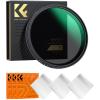



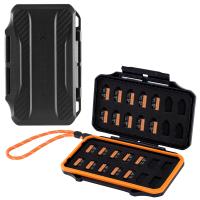

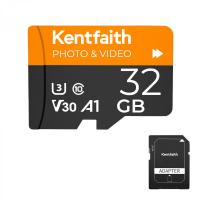
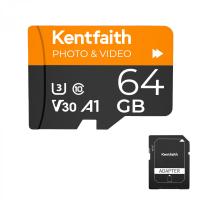

![4K digital camera for photography and video [autofocus and stabilisation] 48 MP video blog camera with SD card, 3 4K digital camera for photography and video [autofocus and stabilisation] 48 MP video blog camera with SD card, 3](https://img.kentfaith.com/cache/catalog/products/us/GW41.0065/GW41.0065-1-200x200.jpg)














